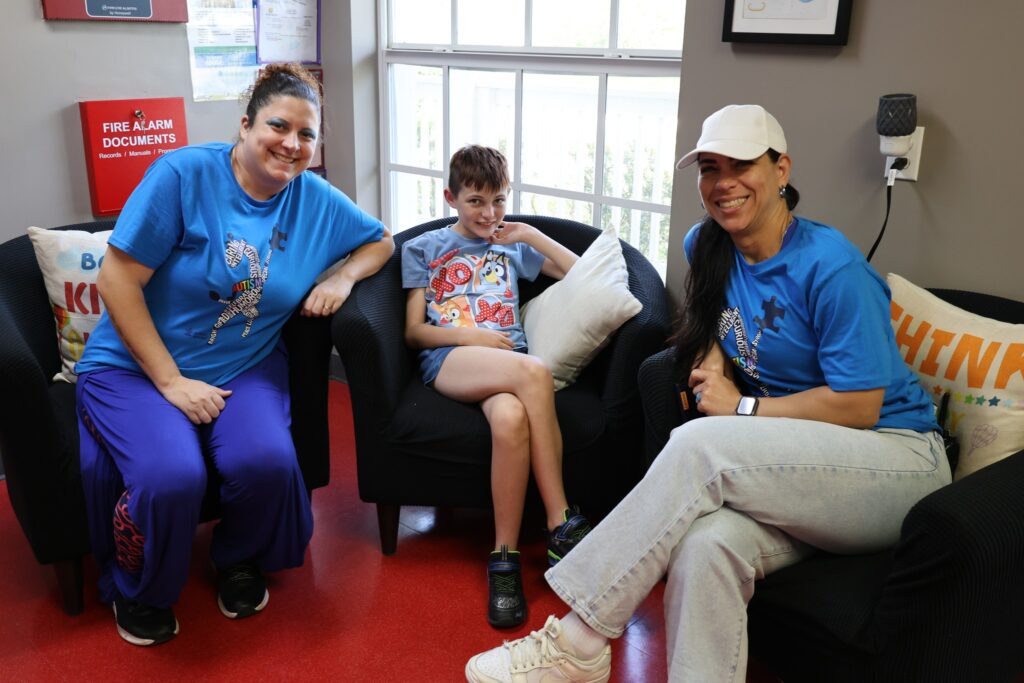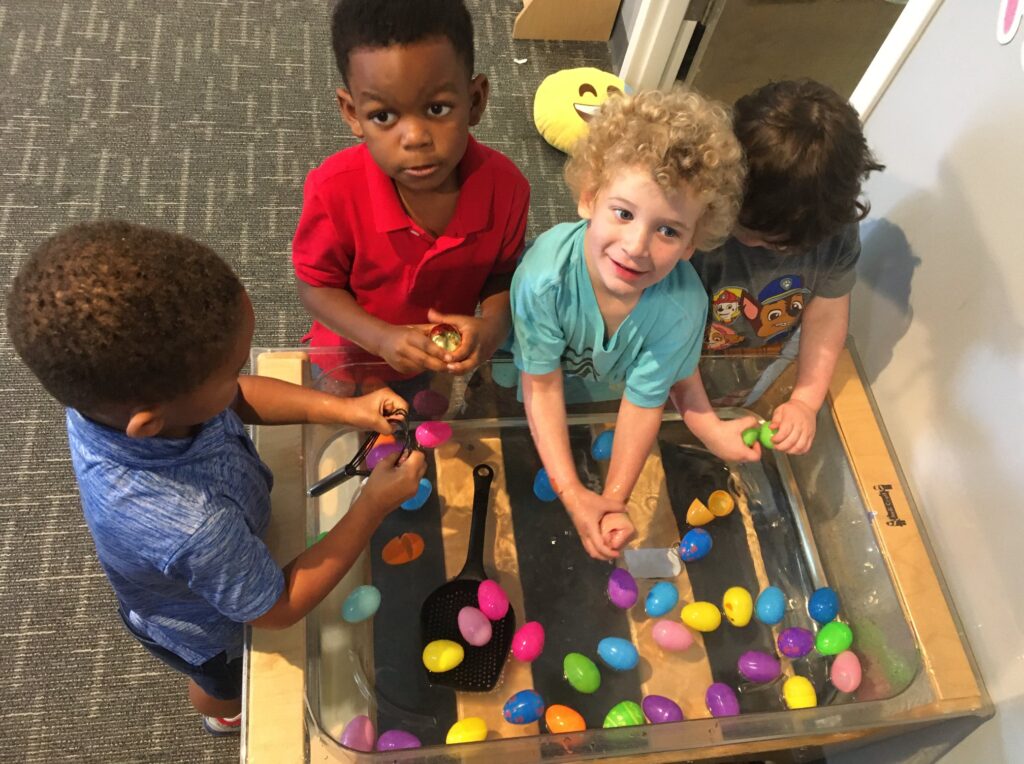Empowering Parents: Navigating the Education System and Mastering IEP Meetings
Every child deserves an educational experience that helps them thrive, but navigating the complex world of special education and Individualized Education Program (IEP) meetings can feel overwhelming. For parents, educators, and pediatric therapists, understanding how to advocate effectively is crucial to ensuring children with unique needs receive the care and support they deserve.
This guide will provide compassionate advice, practical strategies, and helpful tips for confidently advocating for your child and creating a supportive, empowering educational environment.
What Is an IEP?
An Individualized Education Program (IEP) is a legally binding document that outlines the specific educational goals, services, and supports a child with disabilities needs to succeed in school. Designed collaboratively by parents, educators, school psychologists, and other professionals, the IEP serves as a roadmap to guide a child’s learning experience.
The Purpose of an IEP
- Provides tailored educational goals catered to a child’s needs
- Ensures access to the appropriate services, such as speech therapy or occupational therapy
- Protects children’s educational rights under federal law (IDEA – Individuals with Disabilities Education Act)
Whether you’re a parent entering this process for the first time or an educator looking to create stronger partnerships, understanding how to effectively collaborate during IEP meetings is key.
Why Parent Advocacy Matters in Education

Parent advocacy plays a crucial role in a child’s educational success. Who knows a child better than their parents? By being actively involved, you ensure their voice and yours are heard. Advocacy is about building partnerships with educators and creating a collaborative environment focused on the child’s best interests.
When you advocate:
- You help identify strengths and areas of need that might be missed in assessments.
- You ensure your child’s unique personality and preferences are considered.
- You can hold the team accountable for implementing the agreed-upon supports and accommodations.
By advocating effectively, you’re not just securing better educational opportunities for your child—you’re creating space for them to thrive academically, socially, and emotionally.
Preparing for an IEP Meeting
IEP meetings can feel intimidating, but preparation helps you leave the stress behind and focus on what really matters—your child’s success. Here are some actionable tips to get ready:
1. Understand the Process
Familiarize yourself with how IEP meetings work. Request a copy of your parental rights under IDEA, and ask your child’s school to explain timelines, procedures, and expectations.
2. Gather Documentation
Bring everything you need to advocate effectively:
- Evaluations and assessments
- A list of your child’s strengths, challenges, and goals
- Past report cards or teacher feedback
- Notes from therapists and medical professionals
3. Create a Vision for Your Child
Think about your child’s future and what you hope to achieve. Where do they shine? Where do they need more help? Having a clear vision will guide your input during the meeting.
4. Write Down Questions
Come prepared with questions to clarify the process, services, or accommodations. Examples include:
- “What strategies could help my child in the classroom?”
- “How will progress be measured and communicated?”
- “Can we discuss assistive technologies that could support my child?”
5. Know Your Rights
Your child has the right to a free and appropriate public education (FAPE). If something feels unclear or unsupported, don’t hesitate to speak up.
Tips for Collaborating Effectively During IEP Meetings
IEP meetings are a team effort. Collaborating openly and respectfully with educators creates a stronger plan for your child’s success. Consider these special education strategies:
Use Positive, Solution-Focused Language
Frame concerns constructively. For example:
- Instead of, “My child isn’t making any progress,” try, “What additional strategies can support their progress in this area?”
Be Open to Expert Input
Remember, you’re assembling a team of professionals, including teachers, school psychologists, and therapists, all working toward the same goal. While advocating for specific needs is okay, be open to professional suggestions and insights.
Stay Focused on the Student
Getting caught up in the details is easy, but always bring the conversation back to your child. Share real stories or examples illustrating their strengths, struggles, and aspirations.
Take Notes
Document what is discussed during the meeting. This ensures you can follow up if needed and helps you stay informed of the next steps.
Don’t Be Afraid to Ask for Help
If you’re unsure about something, ask for clarification. You’re not alone—advocacy resources and support networks are ready to assist you.
Beyond the IEP Meeting
Advocating for your child and navigating the education system doesn’t end when the IEP has been finalized. Follow these steps to ensure continuous support:
1. Communicate Regularly
Keep an open line of communication with teachers and specialists. Frequent check-ins help monitor progress and address challenges early.
2. Review the IEP Annually
The IEP is a living document that evolves with your child. Attend annual reviews and suggest updates based on their growth and changing needs.
3. Participate in Your Child’s Education
Support learning at home by reinforcing skills and celebrating achievements. Show your child that you’re invested in their success.
4. Lean on Your Community
Connect with other parents, educators, or advocacy groups. Sharing experiences and insights can be incredibly empowering.
Cultivating a Supportive Environment
At its core, advocating is about empowering your child to reach their full potential. It’s about ensuring they’re supported and celebrated as individuals. With collaboration, preparation, and persistence, you can help shape an educational experience where your child feels valued and understood.
Let’s Build a Stronger Future Together
If you have questions or need additional guidance, don’t hesitate to seek support. By working together, parents, educators, and therapists can create an inclusive, nurturing environment for every child.
For more IEP meeting tips, special education strategies, and advocacy resources, sign up for our newsletter to stay informed and supported. Together, we can ensure every child receives the education they deserve.
External Resource Links
-
Empowering Parents: Giving Them a Voice at IEP Meetings – Discusses how parents can effectively communicate their concerns and strengths during IEP meetings.
-
Empowering Parents: Navigating the IEP Process with Confidence – Offers tips on staying organized and informed throughout the IEP process.
-
Mastering the Art of IEP Meetings: A Comprehensive Guide – A guide to transforming IEP meetings into productive collaborations for student success.
-
IEP Tip Sheet for Parents: An Overview of the IEP – Provides an overview of the IEP process and key elements for parents to understand.
-
Developing Your Child’s IEP – Explains the basics of the special education process and how parents can actively participate in developing their child’s IEP.
Internal Resource Links
-
Learning At Your Own Pace – Discusses personalized learning and how individualized education plans (IEPs) are tailored to meet each student’s unique needs, empowering parents and students alike.
-
10 Types of Early Intervention and Understanding Their Importance – Highlights the role of family training and support programs in empowering parents to navigate educational challenges and support their child’s development.
-
5 Effective Ways to Help Neurodivergent Children Build Strong Friendships – Offers insights into supporting neurodivergent children, which can be valuable for parents navigating the education system and advocating for their child.




